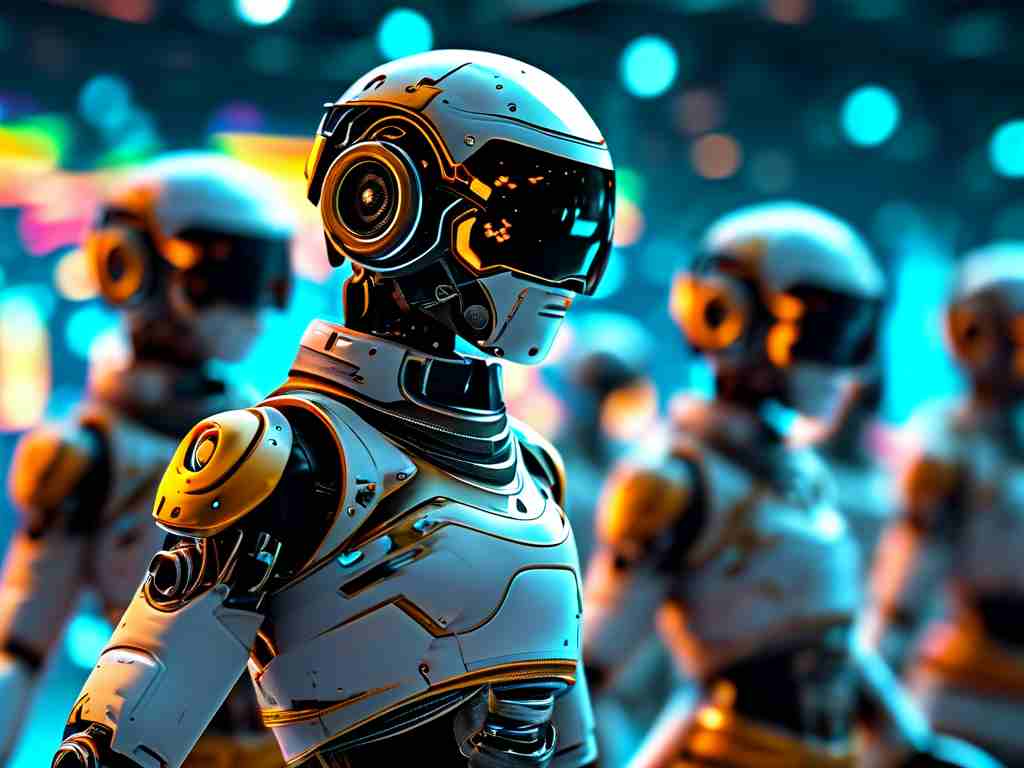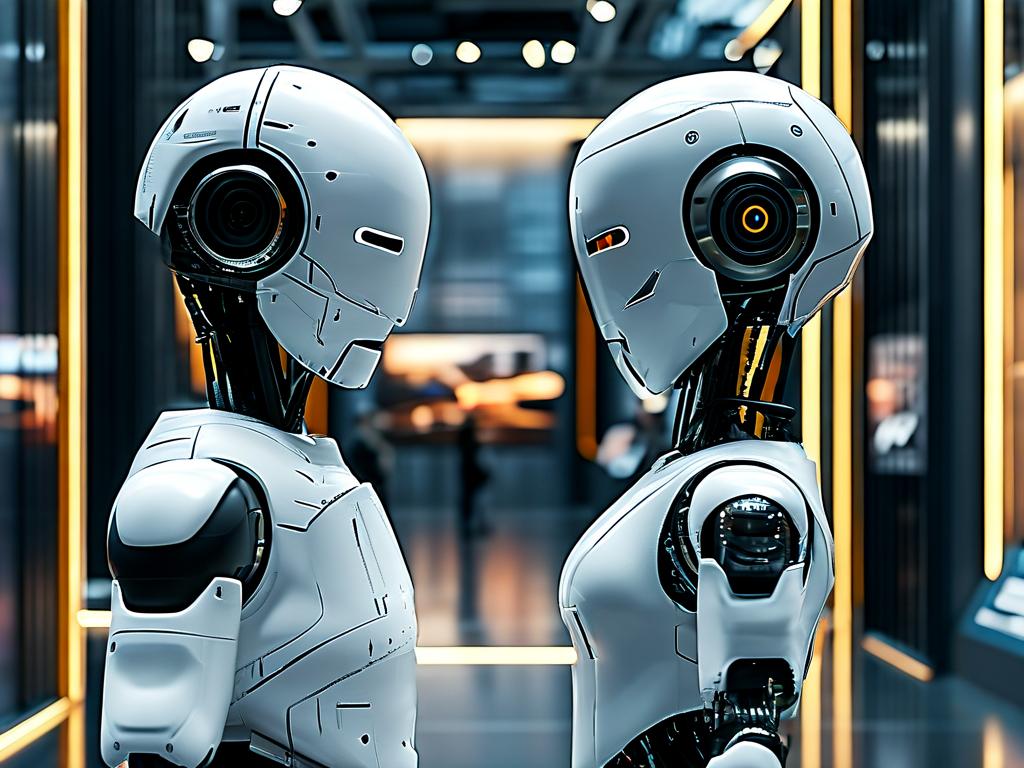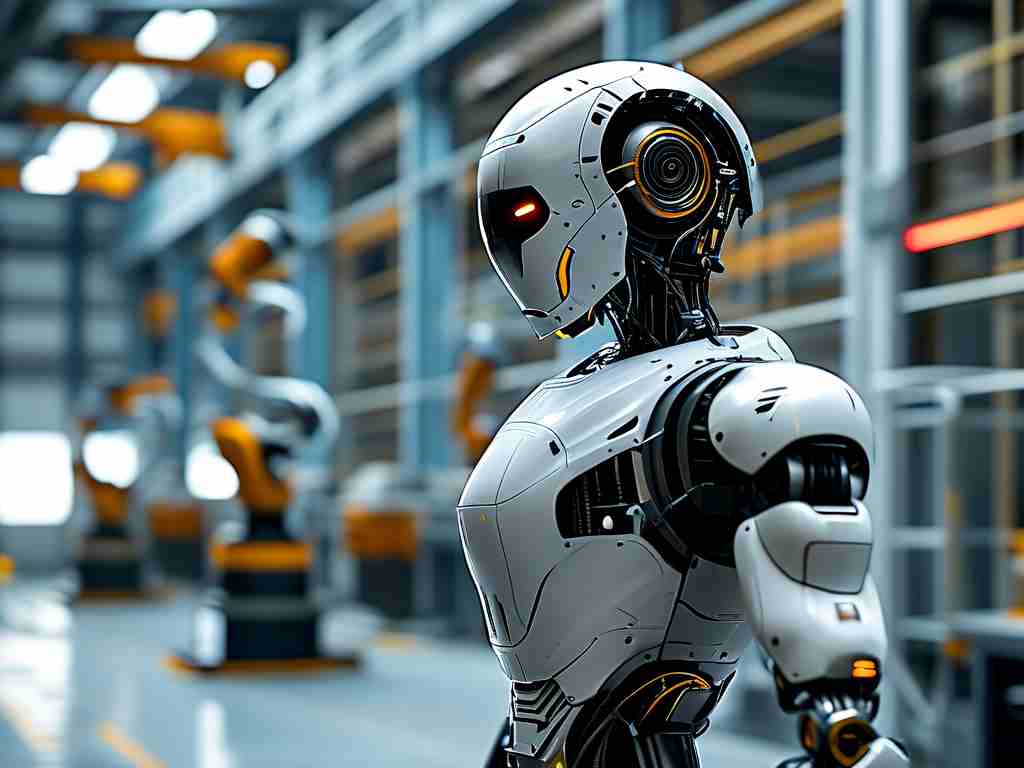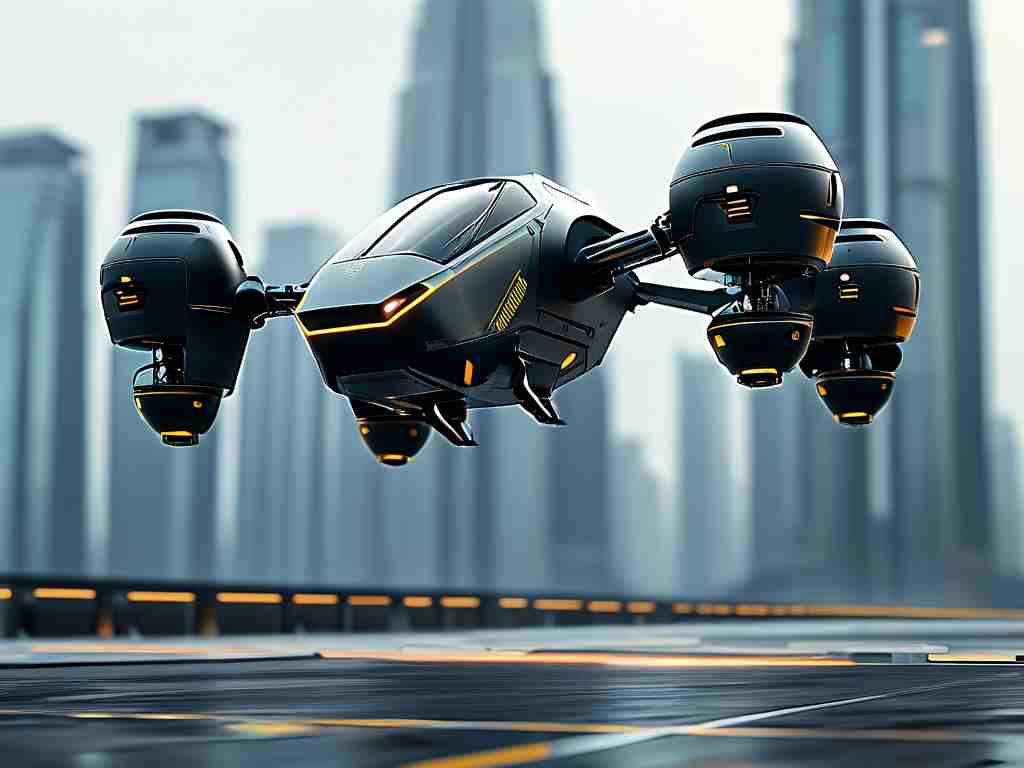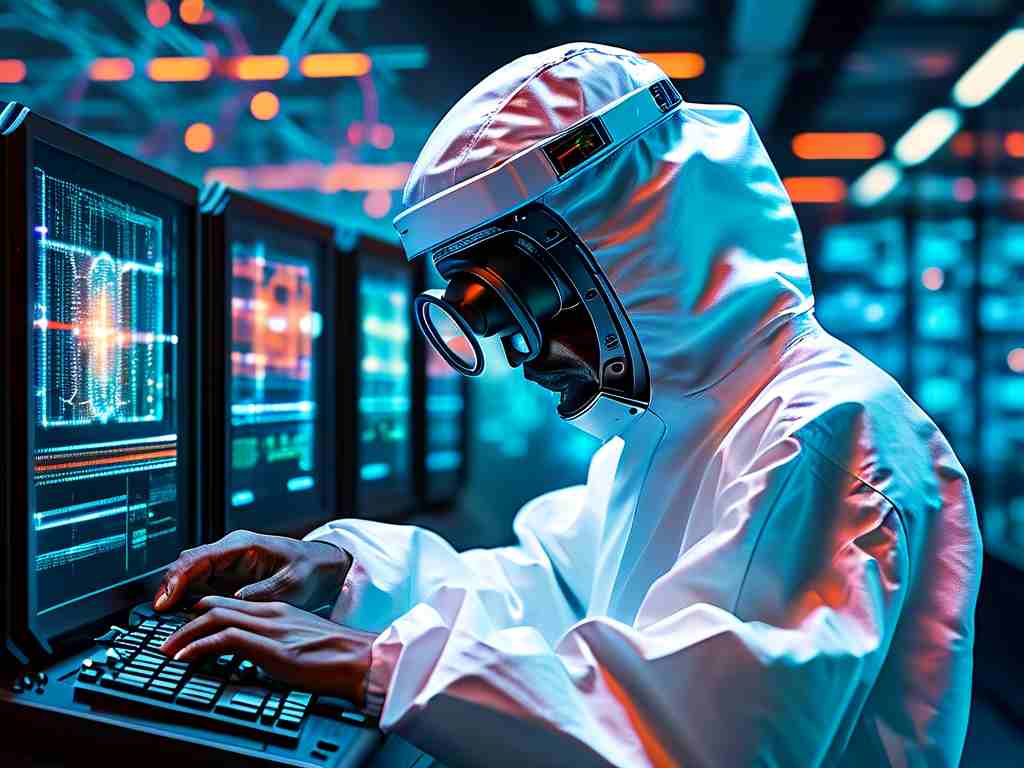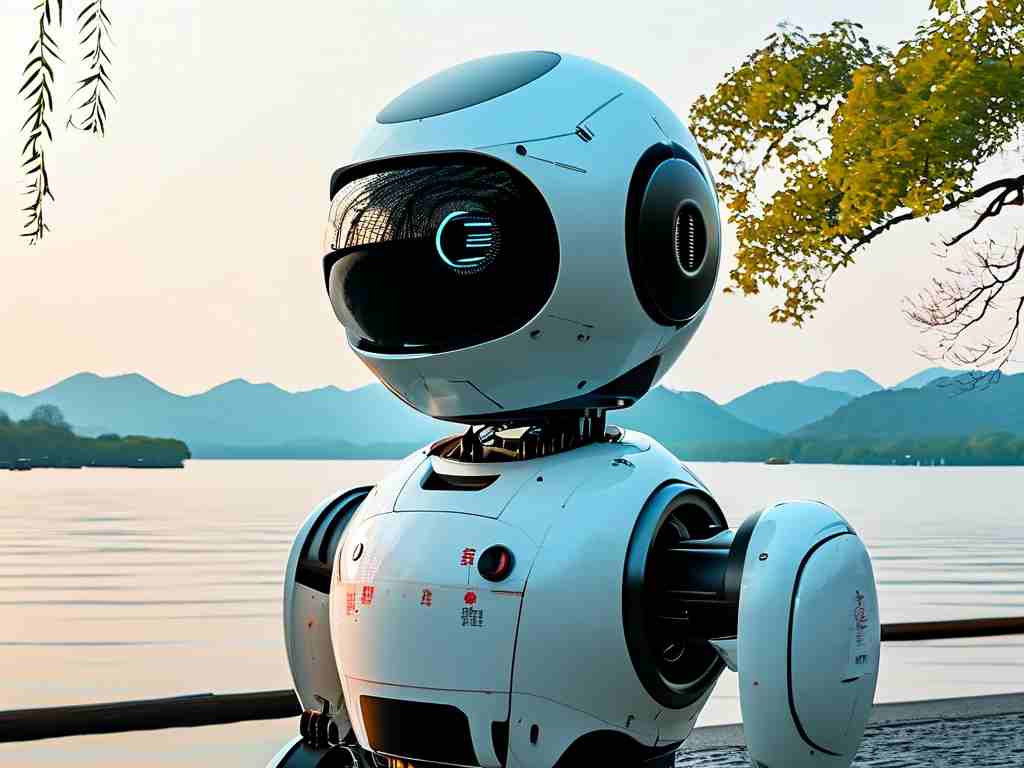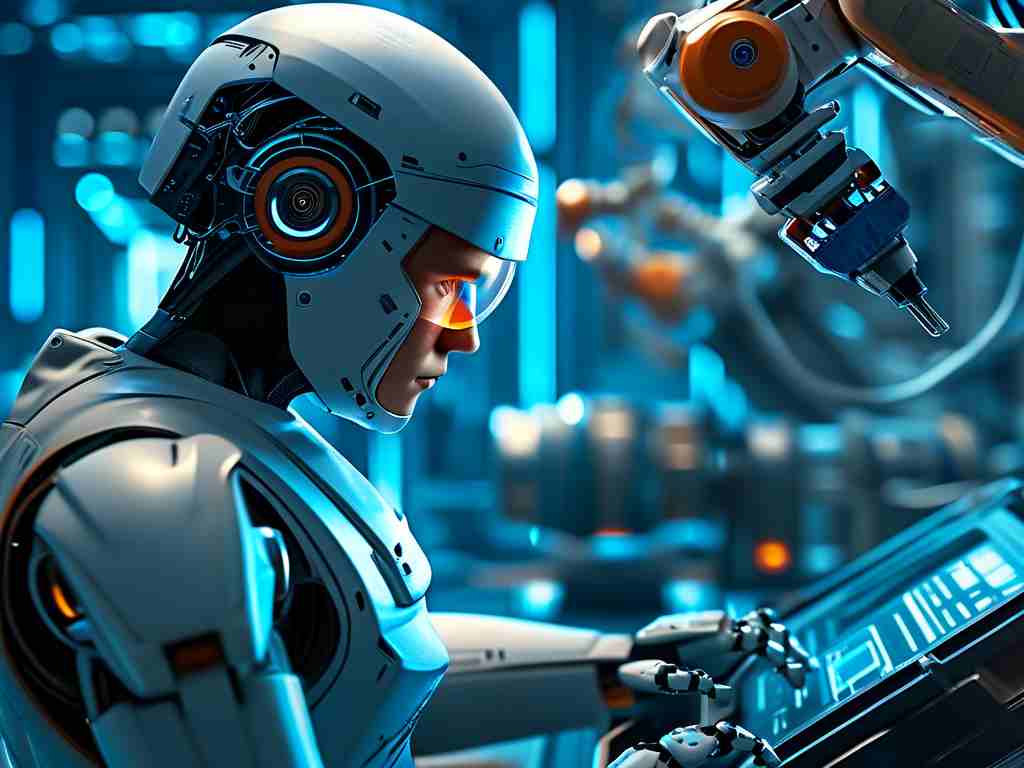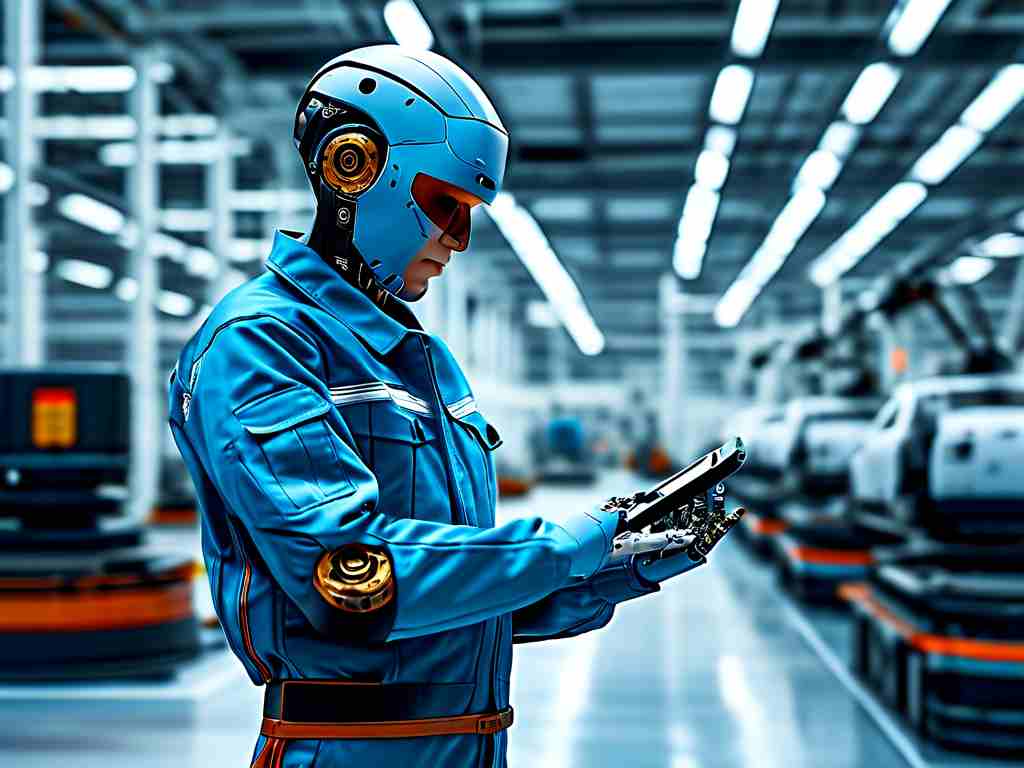The rapid evolution of robotics technology is transforming industries and redefining economic landscapes worldwide. Recent advancements in artificial intelligence, sensor systems, and material engineering have enabled robots to perform tasks once considered exclusive to human capabilities, sparking a surge in global market demand.
From Labs to Production Lines
A key driver of this shift is the emergence of adaptive collaborative robots (cobots). Unlike traditional industrial robots confined to safety cages, cobots like ABB’s YuMi series now work alongside human operators, learning through real-time feedback. BMW Group reported a 40% productivity boost at its South Carolina plant after deploying vision-enabled cobots for precision assembly tasks. This flexibility has accelerated adoption in small-to-medium enterprises, previously deterred by high automation costs.
Simultaneously, breakthroughs in tactile sensing are bridging the gap between mechanical operation and human-like dexterity. Researchers at MIT recently demonstrated a gripper capable of manipulating fragile objects like egg yolks using fluidic membrane technology. Such innovations are revolutionizing sectors from pharmaceutical packaging to microelectronics manufacturing.

Market Dynamics and Sectoral Impact
The global robotics market is projected to reach $214 billion by 2030, according to Boston Consulting Group, with healthcare and logistics emerging as unexpected growth engines. Surgical robots like Intuitive Surgical’s da Vinci system now assist in over 1 million procedures annually, while autonomous mobile robots (AMRs) have become indispensable in warehouses. Amazon’s robotic fulfillment centers, operating with 20% fewer errors than human-staffed counterparts, exemplify this trend.
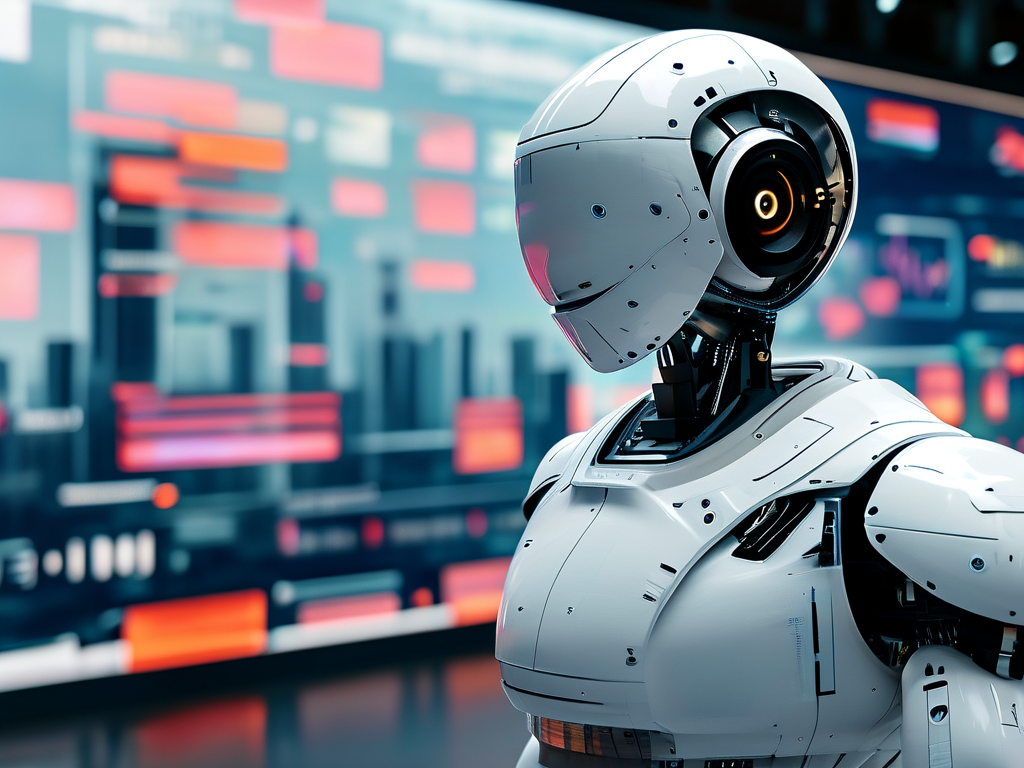
Agriculture is witnessing a silent revolution through specialized robots. Startups like Iron Ox deploy autonomous greenhouse systems that reduce water usage by 90% while doubling crop yields. Meanwhile, Japan’s Tomato Harvesting Robot uses hyperspectral imaging to pick ripe produce at 8 tomatoes per second – a critical solution for aging farming populations.
Challenges and Ethical Considerations
Despite optimistic projections, the industry faces hurdles. High R&D costs keep many cutting-edge robots inaccessible to developing economies. The UNCTAD 2023 report warns that 73% of advanced robotics patents are held by just five nations, risking technological disparity. Additionally, workforce displacement concerns persist, though the World Economic Forum estimates robotics will create 12 million new jobs by 2026 – offsetting 75% of potential job losses.
Regulatory frameworks struggle to keep pace with innovation. The European Parliament’s draft AI Act proposes strict liability rules for autonomous systems, while Singapore’s Robotics Governance Framework emphasizes algorithmic transparency. These divergent approaches highlight the need for international coordination.
Future Horizons
Emerging technologies promise to further disrupt the status quo. Liquid metal robots inspired by T-1000 from Terminator films are transitioning from sci-fi to reality, with Chinese researchers developing shape-shifting prototypes for disaster rescue operations. Quantum computing integration could enable real-time environmental adaptation beyond current binary decision trees.
The service robotics sector is poised for explosive growth. SoftBank’s Pepper robot, despite early commercial setbacks, paved the way for sophisticated models like Tesla’s Optimus, which aims to perform household chores through continual learning. With aging populations worldwide, eldercare robots might become as commonplace as smartphones within a decade.
As boundaries between physical and digital realms blur, robotics stands at the convergence point of multiple technological revolutions. Companies that strategically integrate these systems while addressing ethical and accessibility challenges will likely dominate the next industrial epoch. The race isn’t just about building better machines, but reshaping how humanity collaborates with artificial entities to solve civilization-scale problems.


